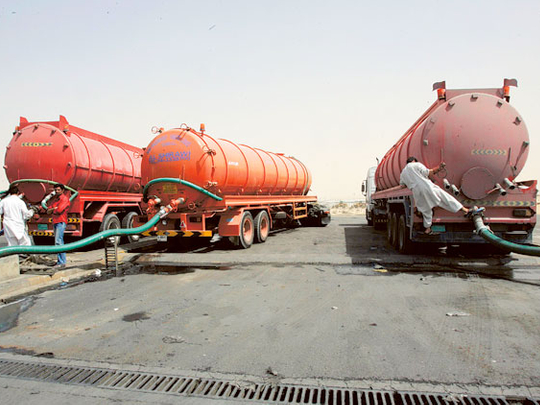
Dubai: Traffic congestion at Al Quoz industrial areas is set to ease once the sewerage system comes into play next year – as authorities intend to stop the 1,450 daily trips of sewage tankers.
There are roughly 300 tankers that drive to and from Al Quoz to collect waste from septic tanks, according to the civic body, and once their services are cancelled it will, in turn, reduce pollution in the area.
Hussain Nasser Lootah, Director-General of Dubai Municipality, explained that the sewerage system and rainwater drainage project will cater to workers’ accommodations and commercial areas, “as Al Quoz is home to a number of shops, warehouses, and auto-workshops”.
The project covers a total area of 1,026 hectares and consists of 1,424 plots, including 306 workers’ accommodations. The Dh84 million project, which is being carried out by the Drainage and Irrigation Department at Dubai Municipality, is expected to take approximately eight months to complete.
“Once the project is implemented, it will reduce owners’ costs, benefit people living in workers’ accommodation, and also ease traffic congestion in the industrial areas of Al Quoz 1, 2, 3 and 4,” said Lootah.
He pointed out that the owners’ costs will be reduced at an average of Dh1 million to Dh4 million per year, and will benefit 145,000 people who live in the areas.
“The average amount of wastewater there is 43,500 cubic metres per day and, once it is processed, the quantity of treated irrigation water is expected to be 43,000 cubic metres on a daily basis…this will contribute to Dubai’s efforts in expanding the green areas of the emirate by 614 hectares,” Lootah said.
By 2020, the civic body aims to have 12,200 hectares of green space through landscaping and horticulture projects.
“The sewerage system will also provide a safer environment as it will protect the roads and foundations of buildings from groundwater and surface water, and also eliminate the need for sewage tankers,” he said.












